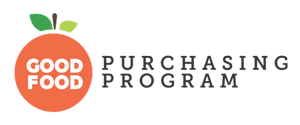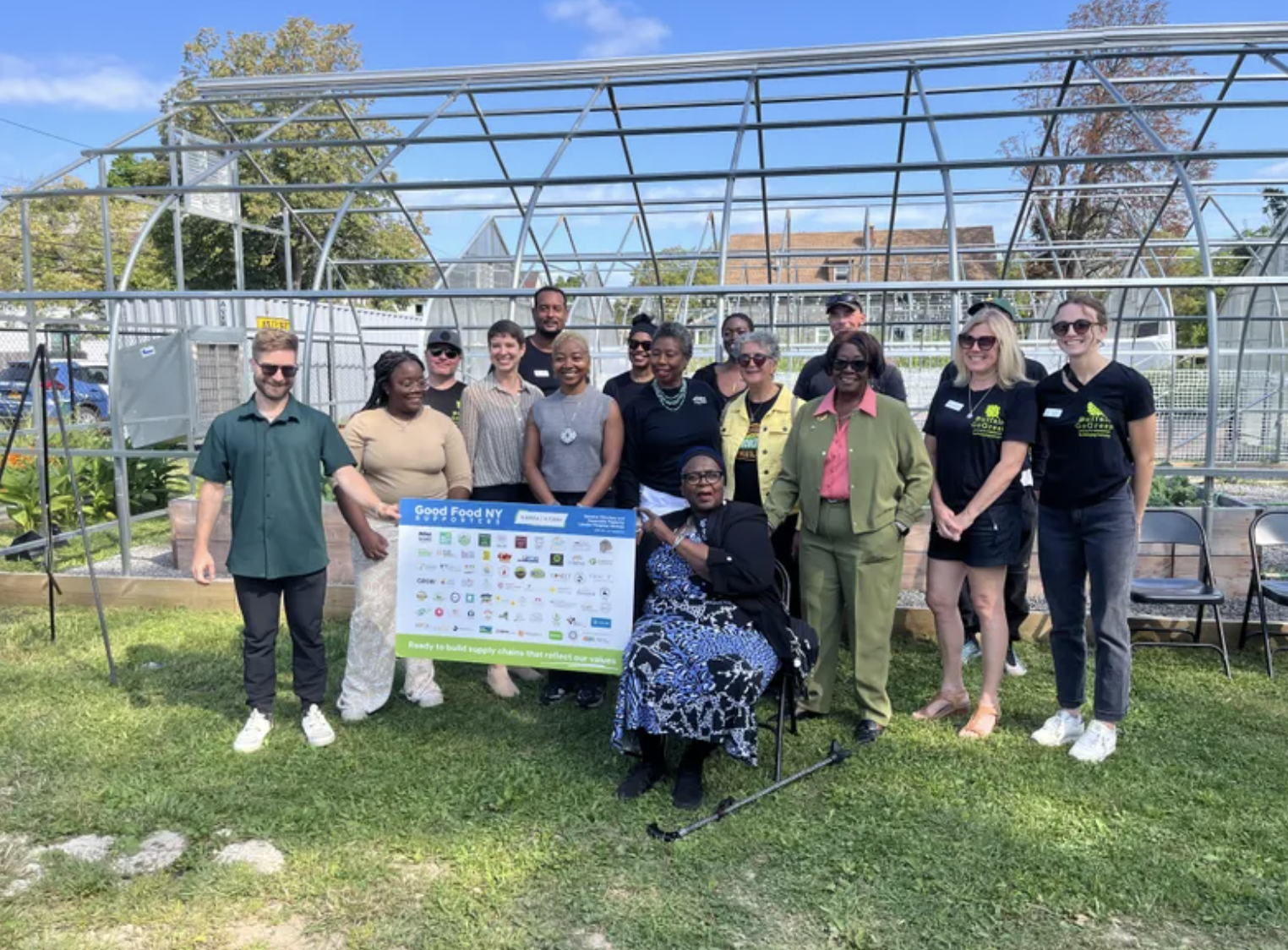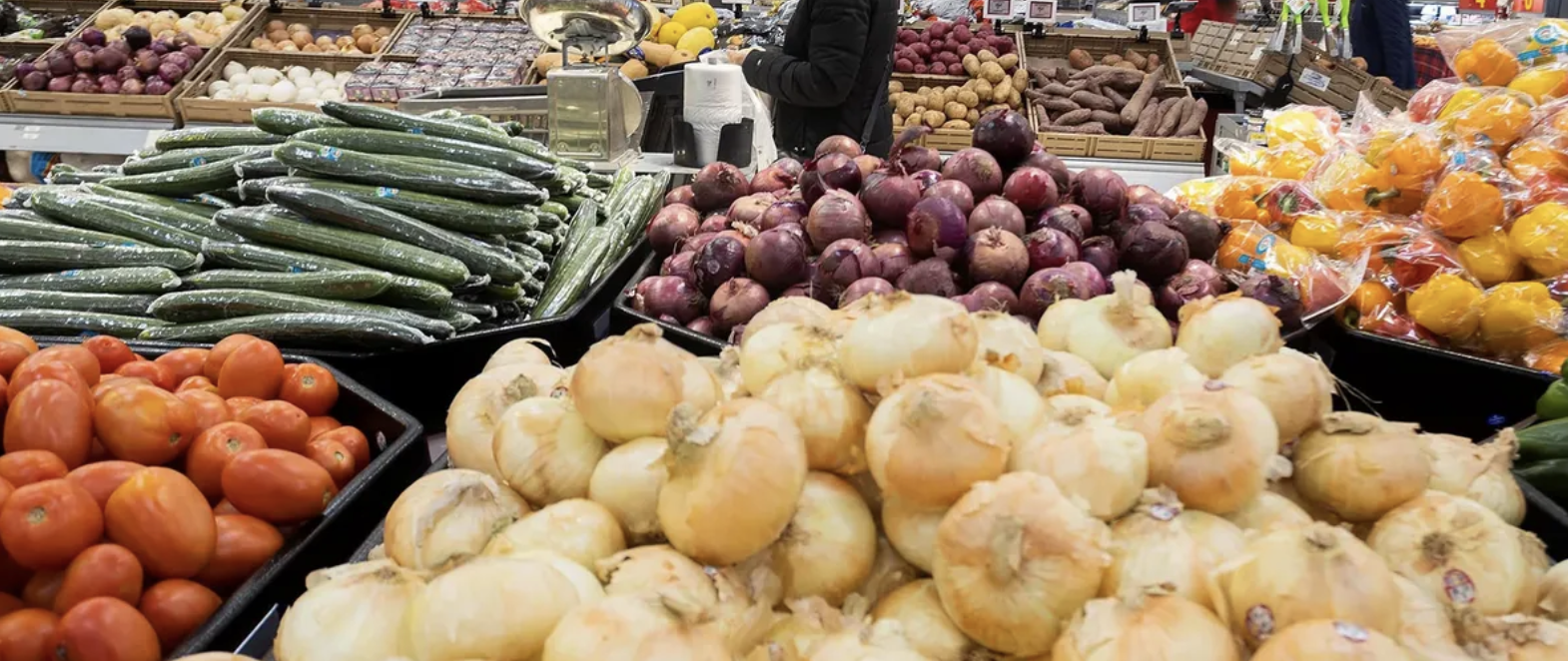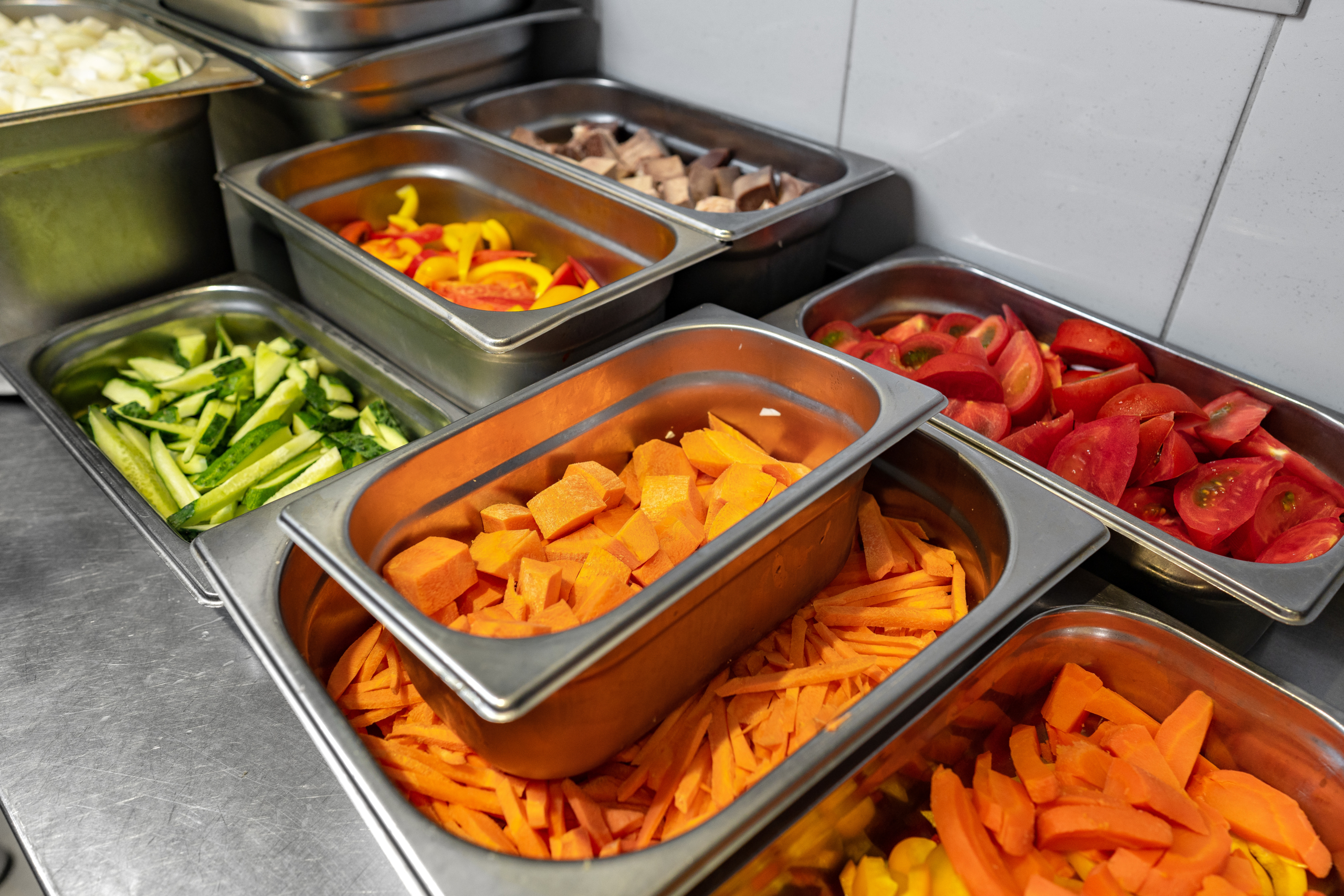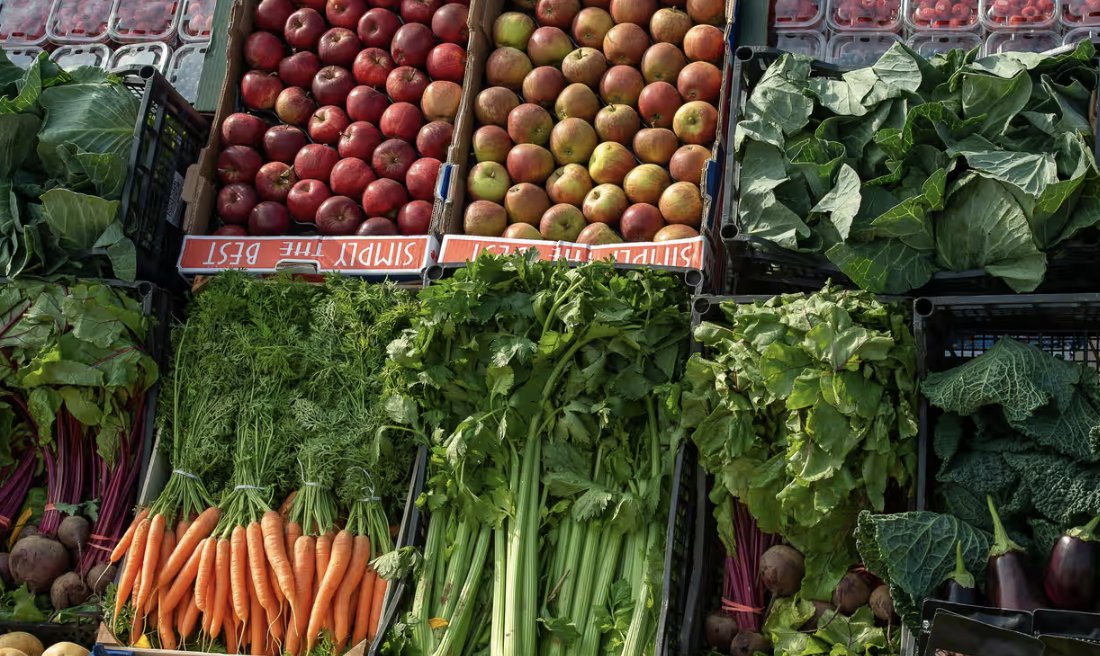Welcome to 2021. As former V.P. of Grocery at Whole Foods, I helped roll out the trend forecasting “trend” several years ago and I love how it’s been picked up and improved by more retailers and industry heavyweights. Retail buyers know their stuff, and there have been some compelling predictions made over the years. Some of these shout-outs are self-fulfilling prophecies, since retail buyers also have the power to make and break trends in their respective stores. On the other hand, no one has ever really been held accountable for how correct their crystal ball was, so I do take many of these predictions with a grain of sea salt. In that vein, here are my hot takes.
BIPOC-owned brands and industry initiatives to boost diversity
The Black Lives Matter movement and the George Floyd memorial protests have forced a soul searching in the food and CPG industry, which has a majority White and male ownership, leadership and investment cohort. A growing realization that who owns and profits from food companies is very different from the shoppers and supply chain workers who keep the wheels turning, is inspiring entrepreneurs, activists and investors to push for a food system that reflects our changing society, and is more diverse, fair and just. The JEDI Collaborative is forging ahead with trainings and workshops for thousands of food retail professionals across for-profit, finance and non-profit sectors. In CPG world, a cohort led by Project Potluck is leading a movement of trend-forward brands that are forging ahead with authenticity, diversity and equity built into their DNA, including A Dozen Cousins, Partake Foods, and more.
Organic continues to prosper
Organic food sales have doubled over the past decade to $50.1 billion in 2019, according to the 2020 Organic Industry Survey released by the Organic Trade Association. Almost 6 percent of the food Americans now eat is organic, which is tremendous. Organic products are also more affordable and accessible than ever. They are available at farmers markets, through SNAP, at Wal-Mart and Costco, at discount food outlets, and through the value priced organic private labels (store brands) at almost all grocery stores. The growth of organic farming and processing has allowed Americans across all income levels and ethnic groups—82% of households—to eat some percentage of organic food. That would have been unimaginable when I was working at a little food coop in the 1990’s.
And here’s the scoop from a couple of fellow travelers in natural products retail who wished to remain anonymous, “We have transitioned full commodity categories in stores to organic, as we were able to locate supply and partner with manufacturers who could meet our scale and needs.” And they’ve also seen “a huge uptick in organic produce and renewed interested in healthy products with transparent standards. COVID-19 reminded people that they are in charge of their own health care and food choices.” Organic remains a silver lining and growth segment in the food industry, proving that good food is pandemic-proof.
Food sovereignty, especially Indigenous-owned enterprises
“Food sovereignty is the right of peoples to healthy and culturally appropriate food produced through ecologically sound and sustainable methods and their right to define their own food and agriculture systems…”, so brilliantly articulated by La Via Campesina’s Nyeleni Declaration. But it is best summarized by Steph Wiley of Brooklyn Packers , “Food for us, by us”. Good food activists and values-based procurement teams working with Center for Good Food Purchasing, Real Meals Campaign, as well as innovative organizations such as Mandela Grocery Coop, Black Church Food Security Network, Isla Vista Coop, Detroit Black Community Food Security Network, and the Central Brooklyn Food Coop practice food sovereignty as a means of overcoming the intentional food apartheid built into our food system that separates health and wellness outcomes by race, geography and class. Think of food sovereignty as the antidote to the sanctimonious, individualist, body-shaming narrative embraced by economic elites, where the only solution is to open trendy retail stores in rapidly gentrifying neighborhoods, contributing to the displacement and alienation of working class residents. Kind of defeats the purpose, right?
By transferring more control of food production, procurement, distribution and retail to communities that have not historically had control of such options, food sovereignty is enabling greater numbers of people to eat culturally relevant, organic, whole food diets, resulting in better health and wellness outcomes. Plus, food sovereignty is a welcome departure from the mainstream understanding of food security that does not address power dynamics and political economy in the food system.
The popular wave of Indigenous-owned and led food enterprises is among the most exciting exemplars of this trend. After 530 years of resisting theft, displacement and genocide,
Indigenous peoples are bringing their worldviews and techniques to the forefront of the food industry. Leading lights such as Sylvanaqua Farms, The Sioux Chef, NATIFS, Sierra Seeds, Tanka Bar (Disclosure: author is a Board Member of Tanka Bar), and Alliance of Native Seedkeepers are building revenue streams for Native American-owned enterprises that unite two worlds, which is how Chef Brian Yazzie puts it, marrying traditional and modern ingredients and techniques. This market visibility is funding and energizing the efforts of Indigenous farmers and producers to reclaim farming and land management techniques that have been appropriated by White permaculturists and regenerative agriculture practitioners. And consumers and retailers should stoked be for the ingredients and sensory experiences as these trends move to the forefront of cuisine and CPG.
Of course, the trends towards e-commerce pickup and home delivery, store brands/private labels, stay-at-home cooking, plant-based and plant-forward eating, immune-boosting products, plus continued customization and personalization in food marketing will all continue unabated, but those should all be obvious by now if you have read many of my colleague’s excellent trend reports. Overall, I expect 2021 to be a very disruptive year in this brave new world of food retail and supply chain.
Keep in touch for more observations and analysis @grocery_nerd on Twitter or @grocery.nerd on Instagram. Be safe out there.
